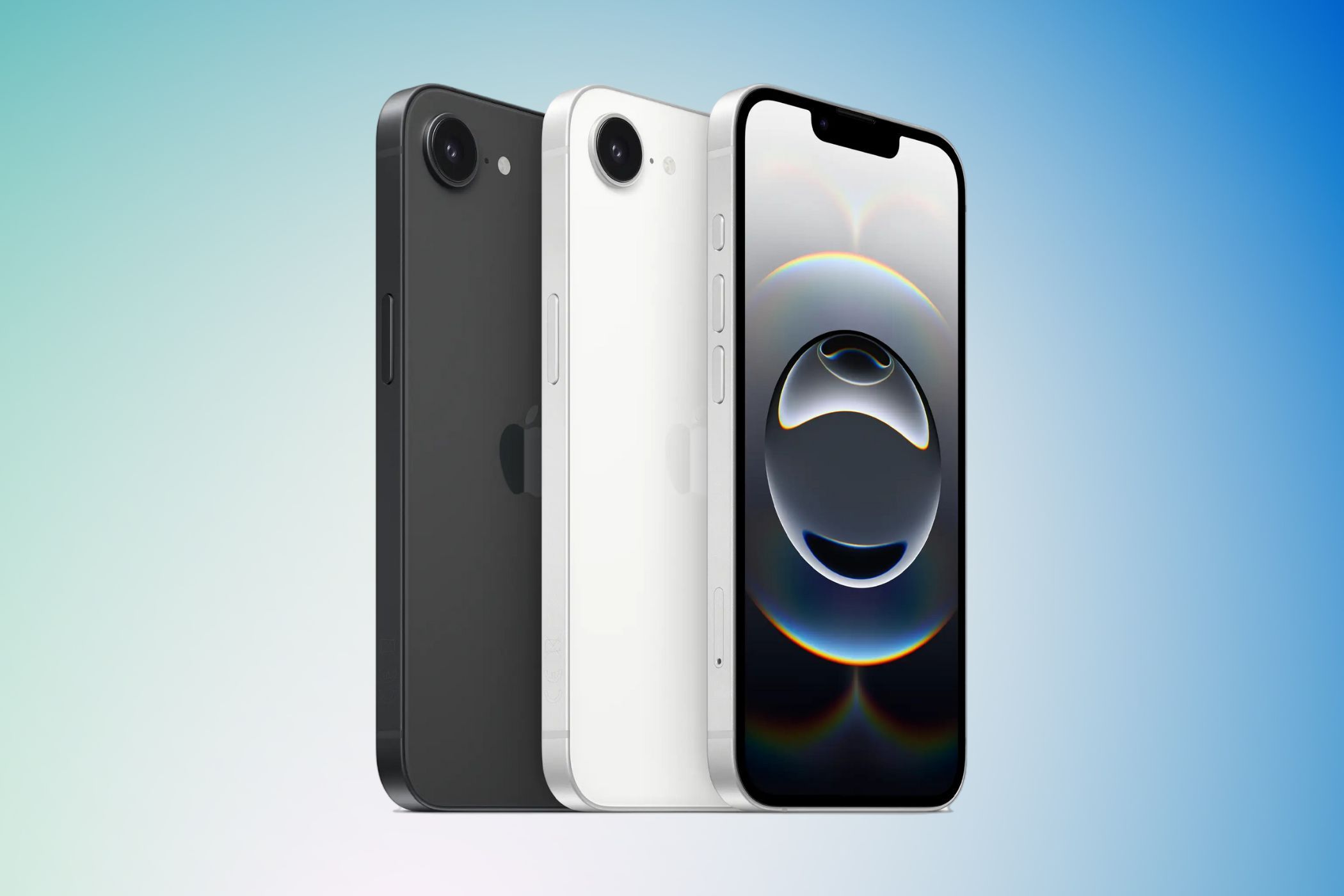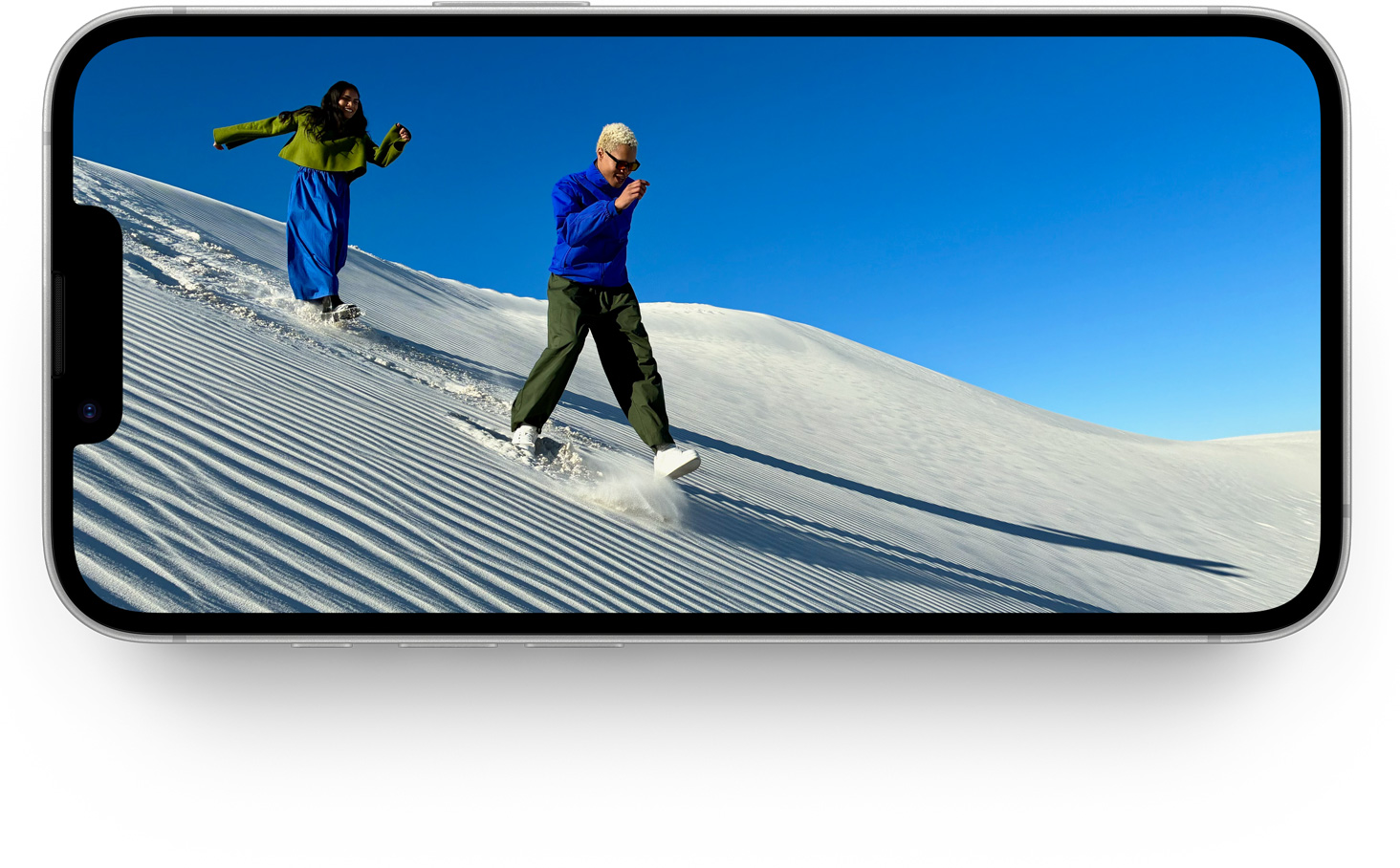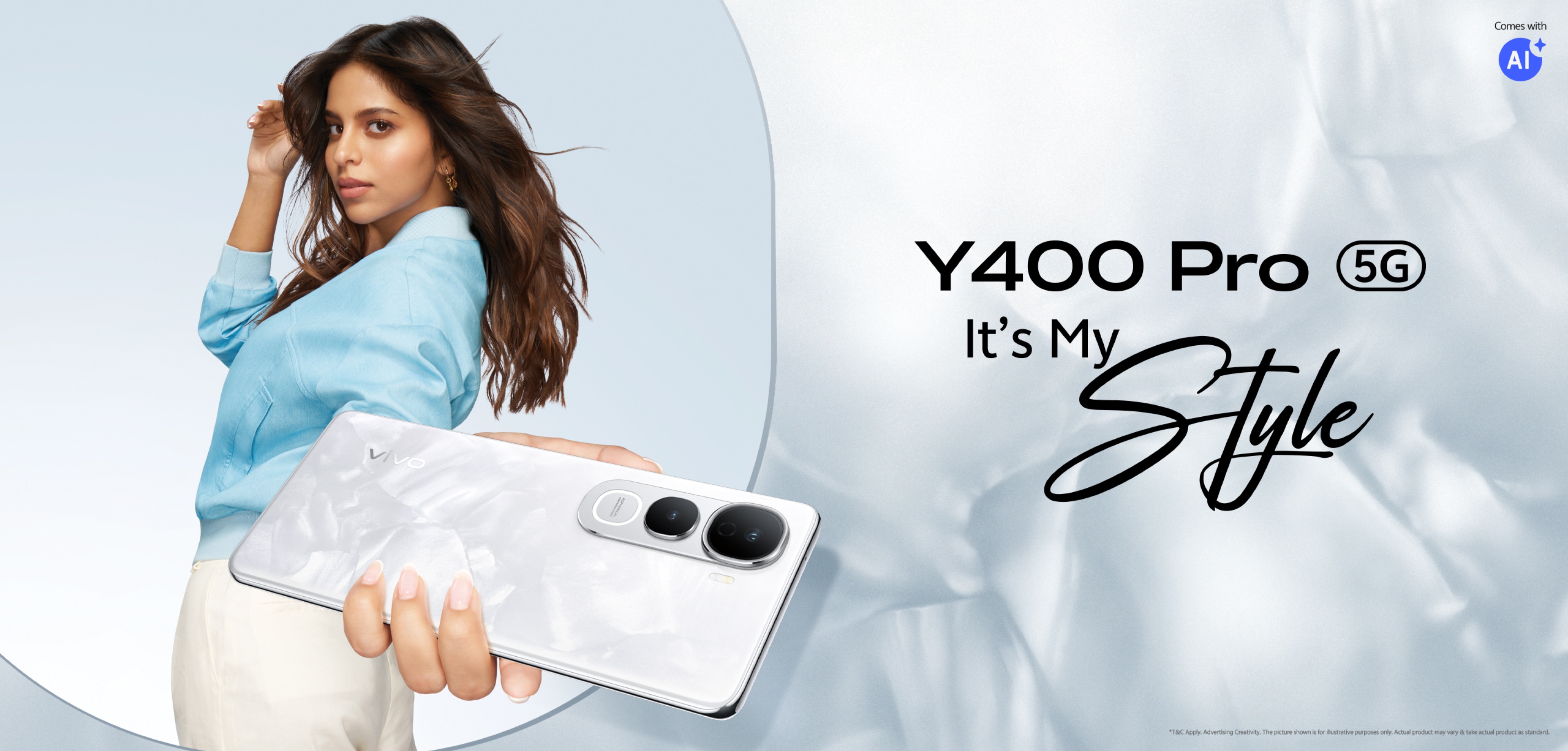Google Pixel 9a vs iPhone 16e comparison!
 Introduction
Introduction
This is the new $499 Google Pixel 9a. This is the $599 iPhone 16e. And this is one of the most fascinating head-to-head battles of this generation. Because it’s not just Android versus iPhone. This is Google’s 2025 vision for what the software and hardware of Android should be versus Apple’s 2025 vision at their mid-range price points.
So, which of these two companies actually gives you more? I’m going to rate the phones based on how good I think they are in each category out of 10. And then at the end, we’re going to factor in the price and choose one as the definitive winner.
Box Contents

As far as what you get with the phones, both Google and Apple these days offer you the ultimate in environment conservation. It’s basically nothing. With the Pixel, you get no case, no screen protector, no charger, just the cable, the phone, and vibes, except not really any vibes.
And then over in Apple’s corner, it’s exactly the same story. Cable at the bottom and the phone. So, a very mediocre start, but also a very similar start. I give both of these phones four points for box contents.
Design
![]()
The similarities, they only ramp up. I mean, the thing that actually convinced me to write this article comparing these two phones is look at the designs. From the frosted backs to the logo placements to the flash being just to the right of the camera, even the texture and the curve of the aluminium on the side rails.
 It very much feels like we’re looking at Google and Apple’s take on the exact same phone concept—two devices that feel designed to go head-to-head. And while I have to say I do like the fact that Apple’s has a glass back as opposed to Google’s plastic, I guess Apple decided after the iPhone 5C back in the day totally bombed that materials were one thing that they couldn’t flex on, but then in other ways very much flex on.
It very much feels like we’re looking at Google and Apple’s take on the exact same phone concept—two devices that feel designed to go head-to-head. And while I have to say I do like the fact that Apple’s has a glass back as opposed to Google’s plastic, I guess Apple decided after the iPhone 5C back in the day totally bombed that materials were one thing that they couldn’t flex on, but then in other ways very much flex on.
It’s just that the way that Google has finished their plastic doesn’t really feel any different. This doesn’t feel like a cheaper phone than this. They both feel like fancy phones. They both have IP68 ratings now. I’m quite impressed.
Also, this is like the tiniest camera bump that I’ve seen in the last 5 years, apart from Red Magic, who’s managed to go completely flush. Now, I do have a pretty major problem with this, but aesthetically speaking, I like it. So, for design, I’m going to go eight points to Pixel, eight to the iPhone.
Display
Completely neck and neck so far. So, what about the displays? Well, the second that you turn these two phones on, one thing becomes quite clear that if we’re considering the full spectrum of phone displays out there, neither of these guys is winning any awards.
I mean, the Pixel is surrounded by a border that’s at least 20% thicker than you’d want it to be at this price. And the iPhone has a notch. I thought we were done with notches. I was so happy to be done with notches. I guess this is Apple’s way of making something mid-range, giving you tech that’s one step back from the current seamless dynamic island while sitting clearly one step forward from the straight up black bars that you’d get across the cheaper iPhone SE.
Either way, not a huge fan. And I’d actually side towards the Pixel just generally with display. The 9a is a lot brighter than last year’s 8A and so definitively outclasses the iPhone if you go outdoors, you know, if you’re into that.
Plus, Google’s managed to get a 120 Hz refresh rate onto here. Actually, let me rephrase. Apple hasn’t managed to get a 120 Hz refresh rate onto here. That feels like the bigger headline. So, almost everything feels quite a bit smoother over at team Google.

Although, weirdly, this is one of the very few phones I’ve seen with which you get a high refresh rate display, but it’s turned off by default, so most people won’t end up using it. Bear in mind, the iPhone is slightly higher resolution, so videos might look a little crisper, and it uses stronger glass on the front.
So, when you factor in everything, it’s not a massive display lead for Google, but it is a lead nonetheless. So, Pixel gets seven, iPhone gets six.
Audio Quality
And while we’re watching content on the phones, how’s the audio quality?
Okay, the iPhone sounds very good, like as good as its flagship counterparts. You feel like you’re hearing the full range of your music right down to the bass. The Pixel is still very much acceptable phone audio, but just noticeably more compressed sounding.
Call Quality
But then the other side to the audio coin, which is every bit as important, is how clear are your phone calls?
So, right now, I’m calling Disha on the Google Pixel. Dish, how clear or unclear would you say I sound to you?
It’s okay. It does the job. I’d say I can hear you. To me, your voice is actually peeking a little bit. It’s cracking at the high end. Got a bit of a walkie-talkie vibe. I think a 6.5.
I’m interested to see if that changes. I’m going to call you from the iPhone now.
Okay. Hello. Okay. Okay. That’s immediately clearer. Yeah, way clearer. If Pixel was a 6.5, this is an 8. Yeah.
Bear in mind as well, both phones have the same eSIM. They’re connected to the same Wi-Fi network, but still like a large difference in both how I sound and how the other person sounds.
I’d go for nine points. Pixel isn’t bad, but it’s pretty middle of the line. Six points.
Battle of foldable phones Oppo Find N5 vs Samsung Z Fold
Performance
So, both phones are still quite closely tied. And the thing that you have to give to both Google and Apple is that their more affordable phones both use the same chipsets as their higher-end phones—the Tensor G4 and the A18.
It’s one of those things where because both companies have their own custom chips made specifically for their flagships, then it’s actually cheaper for them to just reuse those chips in their more affordable phones than it would be to create some sort of separate manufacturing branch just to specifically make weaker chips.
Now, there is one slight catch with the iPhone. See, when you’re manufacturing chipsets, you don’t always get a perfect result. Sometimes one of your cores isn’t performing up to scratch.
And so, what Apple does in these instances is something called binning. And I don’t mean just, you know, throwing it in the trash. It’s kind of the opposite. They’ll manufacture the top-end chipsets first, and in doing so, they will just naturally find a bunch that have at least one defective core, but then instead of just, you know, eating the chips entirely, they’ll instead just purposefully disable those funky cores completely and then use what’s left of the chip for their non-flagship phones.

So, while it sounds like you get the same A18 chip on the 16e that you would actually get in the more expensive iPhone 16, it actually has just four graphics cores instead of the normal five.
But then, on the other hand, Apple’s A18 is so much more powerful than Google’s Tensor to begin with that even with this slight nerf, the iPhone does completely destroy Google in real-world gaming environments. We’re talking like a 40% plus lead.
So, six points to Pixel, nine points to the iPhone
 Introduction
Introduction




